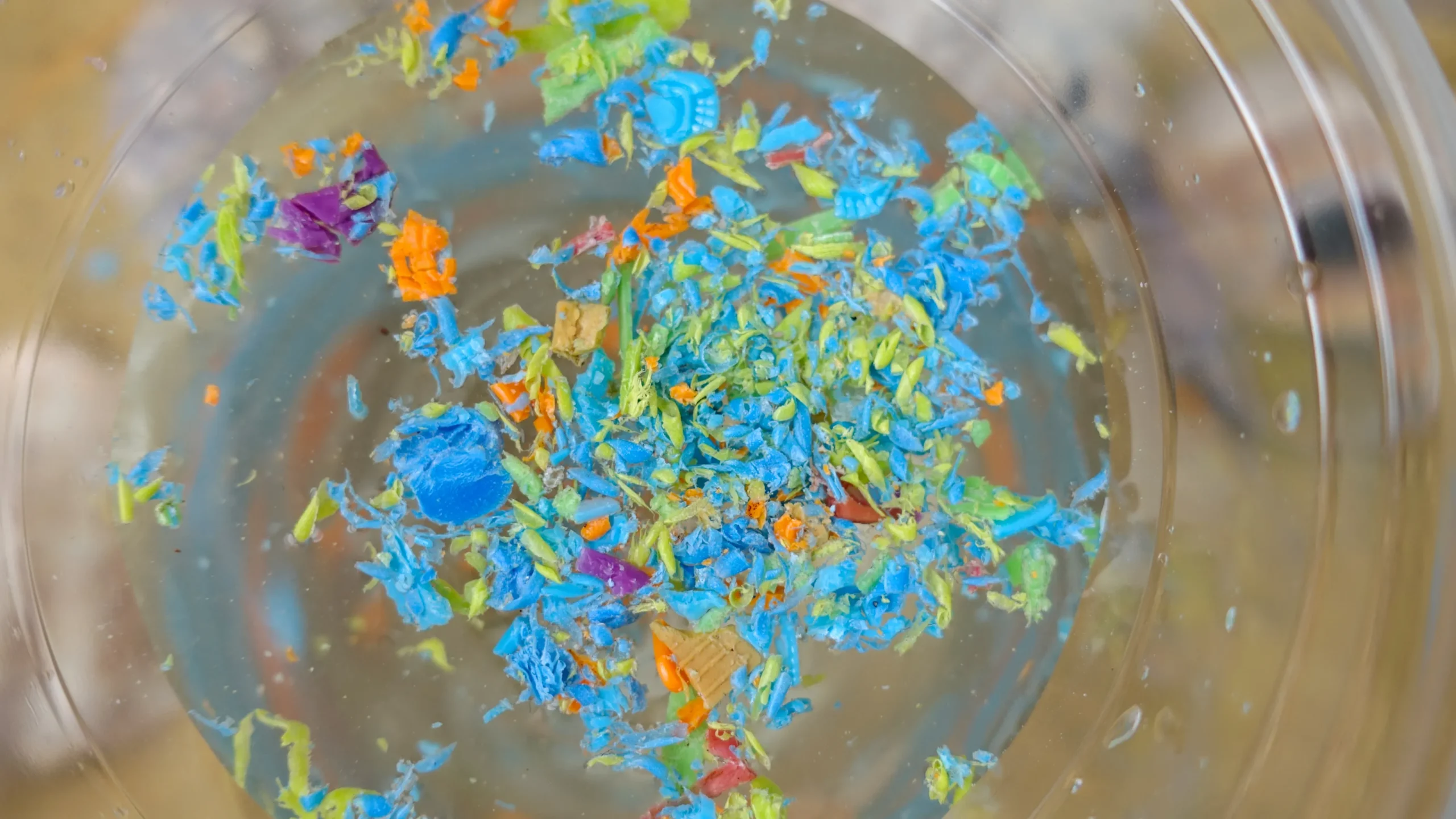
Recycling Microfibres to Power the Clean Battery Future.
At Cleaner Seas Group, we’ve always believed that tackling ocean pollution and advancing clean technology...

Microfibres, those minuscule fibres shed from synthetic textiles during washing, are an invisible but pervasive pollutant. With their microscopic size and synthetic composition, they are wreaking havoc on marine ecosystems. Many assume that wastewater treatment plants (WWTPs) are failing to filter these fibres entirely, but the reality is more complex. WWTPs play a vital role in capturing microfibres, yet the process is not foolproof. One major factor is wastewater sludge—an often-overlooked component that can inadvertently allow microfibres to reach the oceans. Let’s unravel how this happens and what it means for our environment.
Wastewater treatment plants are engineered to remove contaminants from sewage before releasing treated water back into the environment. Their processes are generally effective at capturing a significant portion of microfibres. In fact, studies, such as the one published in Science of the Total Environment (2024), indicate that WWTPs can capture more than 90% of microplastics, including microfibres, during primary and secondary treatments.
However, the key challenge lies in what happens to the captured microfibres. They accumulate in the by-product known as wastewater sludge—a thick, semi-solid material generated during treatment. This sludge is rich in organic material and nutrients, making it an attractive resource for agricultural applications. Unfortunately, when improperly managed, it becomes a major pathway for microfibre pollution.
Once microfibres are trapped in wastewater sludge, they don’t simply disappear. Instead, the disposal or recycling of sludge determines whether these microfibres remain contained or find their way into the environment.
As highlighted in a study by Henry et al. (2005), sludge management practices are a critical area where intervention could drastically reduce microfibre pollution. Properly regulated and monitored disposal methods are essential to prevent these fibres from leaching into the environment.
Governments and organisations are increasingly recognising the environmental threat posed by microfibres and the role of wastewater treatment systems in addressing it. In the UK and EU, several regulations aim to improve wastewater and sludge management. For instance:
While these efforts are a step in the right direction, gaps remain in legislation. For example, mandatory filtration technologies at the source (e.g., in washing machines) and stricter controls on sludge application could significantly reduce microfibre pollution.
While policy and technology are crucial, consumer behaviour also plays a significant role in tackling microfibre pollution. Many people are unaware of how their laundry contributes to this issue. By adopting more sustainable washing habits, individuals can help reduce microfibre shedding at its source. Simple steps include:
Public awareness campaigns are vital in promoting these practices. Education initiatives can empower consumers to make informed choices, reducing the burden on wastewater treatment plants and the environment.
Wastewater treatment plants are not entirely failing to filter microfibres, but they are not a silver bullet either. While they capture the majority of these pollutants, the handling of wastewater sludge presents a significant challenge. Improperly managed sludge can reintroduce microfibres into the environment, undermining the efforts of treatment facilities.
Legislative improvements, advanced filtration technologies, and public awareness are all essential to tackling microfibre pollution. By working together, policymakers, industries, and individuals can minimise the environmental impact of microfibres and protect our oceans for future generations. For more detailed insights, explore the referenced studies and learn how you can contribute to a cleaner, healthier planet.
Get monthly ocean news, offers, events and updates on our mission.
By clicking subscribe, you agree to our Terms and Conditions.
